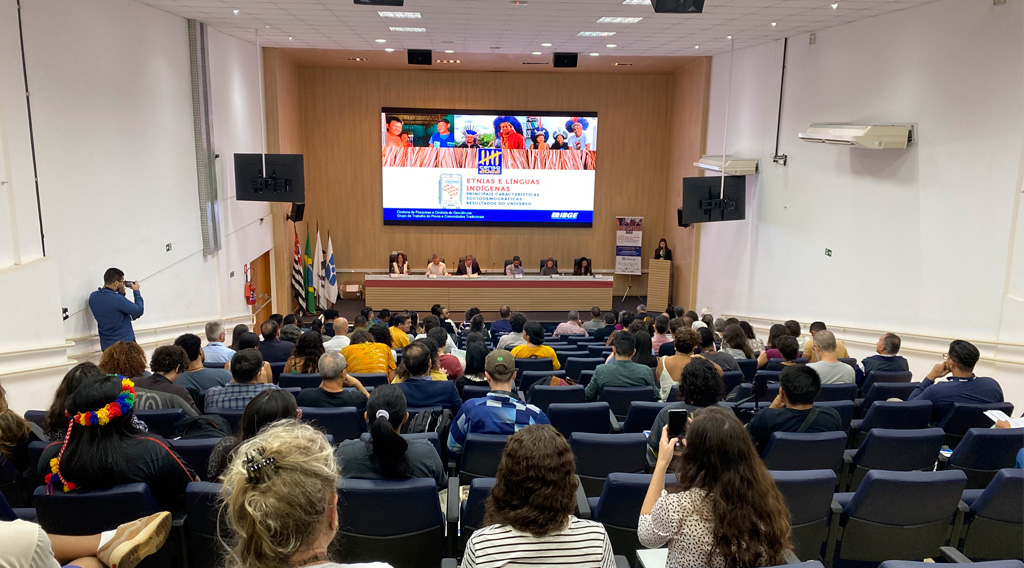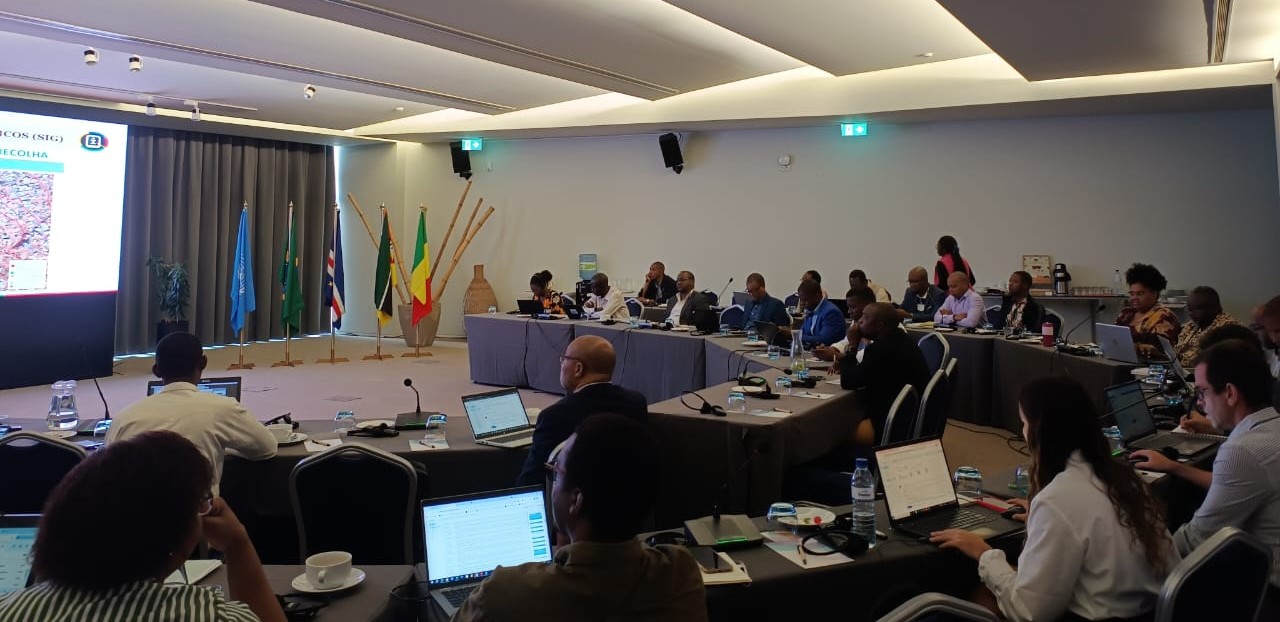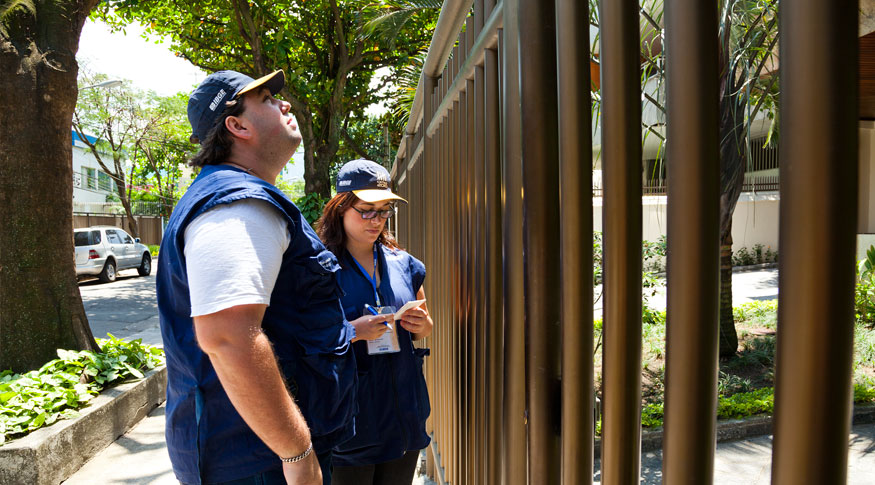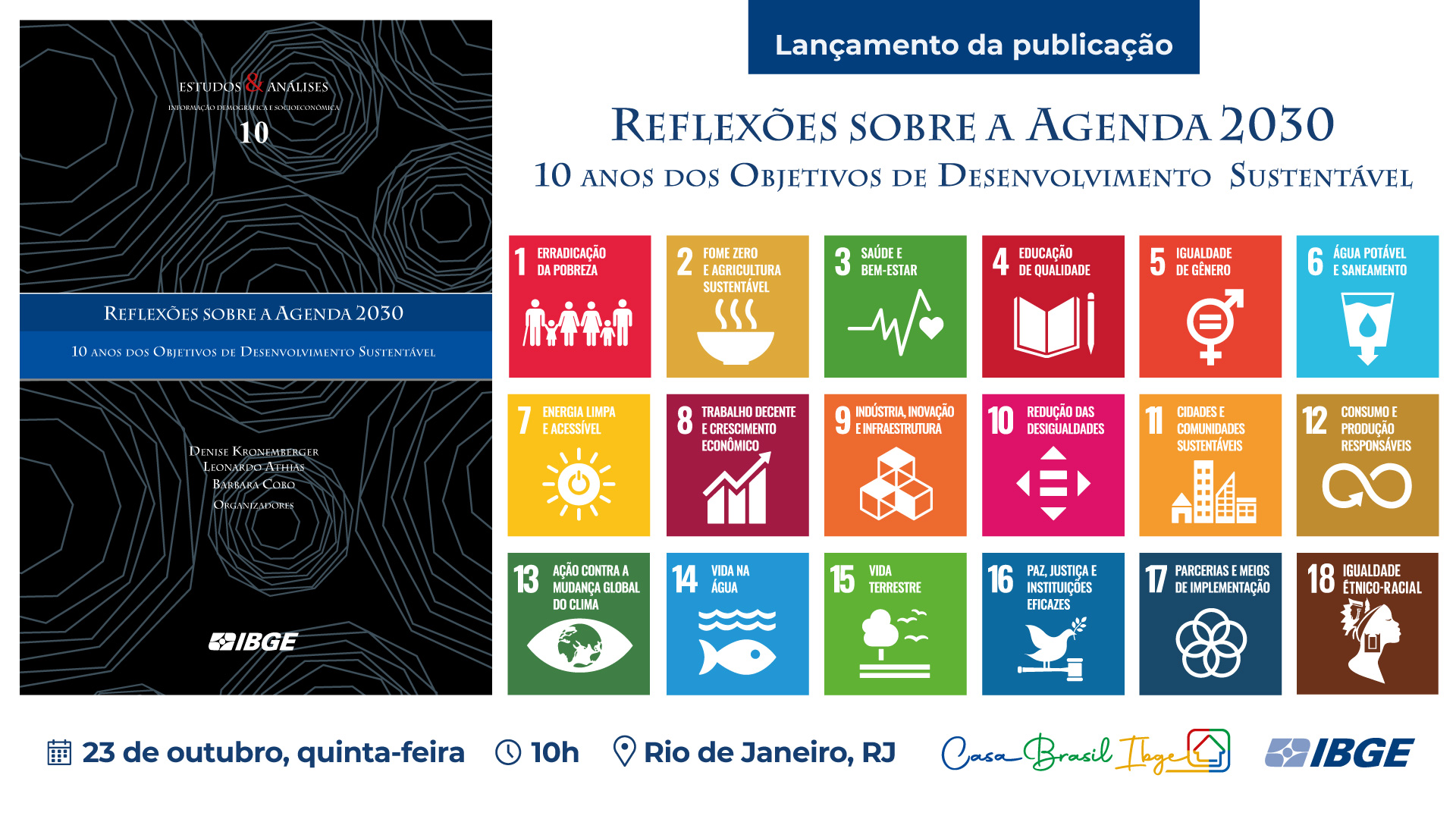New coronavirus
IBGE releases information on the distribution of doctors, nurses, ICUs and mechanical ventilators in Brazil
May 07, 2020 02h00 PM | Last Updated: May 07, 2020 07h07 PM
The IBGE released, today (7), information on the distribution of doctors, nurses, ICU (intensive care unit) beds and mechanical ventilators by Federation Units and Major Regions in Brazil that are seen as references in low and medium-complexity healthcare. The information generated in collaboration with the Oswaldo Cruz Foundation (Fiocruz), will contribute with the measures to combat Covid-19 and are available for consultation in the interactive maps of the website covid19.ibge.gov.br.
The page also presents the distribution of elderly persons and severely cvulgada a distribuição housing units, those with more than three persons per room, based on the 2010 Population Census. The population living in those places is more susceptible to infection and the elderly are part of the risk group of the disease caused by the new coronavirus.
The increase is based on the National Register of Health Establishments 2019 (DataSUS) and on the Information on Traveling for Health Services, in the survey Areas of Influence of Cities, the data of which have been earlier made available by the IBGE. Information from the 2010 Population Census and from the survey Population Arrangements and Urban Concentrations in Brazil 2015 have also been combined.
The increase is based on the National Register of Health Establishments 2019 (DataSUS) and on the Information on Traveling for Health Services, in the survey Areas of Influence of Cities 2018, the data of which have been earlier made available by the IBGE. Information from the 2010 Population Census and from the survey Population Arrangements and Urban Concentrations in Brazil 2015 have also been combined.
Federal District has the best distribution of doctors in the country
Data show that, in 2019, the Federal District had the best distribution of doctors in the country, with 338 professionals per 100 thousand residents. São Paulo is in the second position with 260 doctors, in the same comparison. Rio de Janeiro (248), Rio Grande do Sul (244) and Espírito Santo (223) complete the group of five states with the best indicators.
On the other hand, the states with the smallest number of doctors were concentrated in the North and Northeast of the country. Maranhão and Pará recorded the lowest indicators, 81 and 85 doctors per 100 thousand residents, respectively.
Figures also shows the distribution of doctors in areas with more than 500 thousand residents that have a center seen as a regional reference in low and medium-complexity healthcare. Santarém, in Pará, has a population of 786 thousand residents and an index of only 58 doctors per 100 thousand residents. Irecê, in Bahia, follows with 512 thousand residents and 60 doctors.
Among the Major Regions with more than 100 thousand residents, the situation is more critical in Capitão Poço and Cametá, with indexes of 22 and 24 doctors per 100 thousand residents.
“It is advisable to have 80 non-specialist doctors per 100 thousand residents. However, that parameter is valid in regular periods. At times of pandemic, that recommendation has to be reconsidered, because there is a bigger demand affecting the health system”, says Cláudio Stenner, IBGE’s Geography and Environment coordinator.
Pará has the lowest index of nurses per resident
The distribution of nurses is also bigger in the Federal District. There are 198 professionals per 100 thousand residents. Tocantins (178), Paraíba (149), São Paulo (143), Rio de Janeiro (140) and Rio Grande do Sul (138) also stand out in this comparison.
Pará has the lowest index of nurses. In following positions we mention Alagoas and Goiás, with 101, Sergipe, with 102, and Amazonas, with 103 professionals per 100 residents.
Pará also houses an area of polarization with a city that is a reference in regional care and the lowest index of nurses among those with more than 500 residents: Marabá has an index of 65 professionals per 100 residents. In addition to that, the area of Belém is a highlight due to its population of 3,6 million persons, associated with an index of 84 nurses per 100 residents.
North and Northeast have fewer mechanical ventilators than other Major Regions
The combination of data also reveals the distribution of mechanical ventilators, equipment used by patients facing severe respiratory conditions, in public and private healthcare units in Brazil. The Federal District is the leader, once more, with an index of 63 mechanical ventilators per 100 thousand residents, followed by Rio de Janeiro (42), São Paulo (39), Mato Grosso (38) and Espírito Santo (35).
States in the North and Northeast are the least well-equipped ones: Amapá (10 mechanical ventilators), Piauí (13), Maranhão (13), Alagoas (15) and Acre (16).
Among the areas with healthcare for more than 500 thousand residents, Santarém, in Pará, had an index of 7 mechanical ventilators per 100 thousand. The area for healthcare, which has the biggest population, but no record of mechanical ventilators was Governador Nunes Freire, in Maranhão, with a total 149 thousand residents.
Northeast Region has areas with more than 200 thousand residents without ICU beds
The Federal District also had, last year, the biggest number of ICU in the country, essential for the care of patients in severe conditions infected with Covid-19. In healthcare units of the federal capital, the index was 30 beds for 100 thousand residents. Rio de Janeiro (25), Espírito Santo (20), São Paulo (19) and Paraná (18) area the least well-equipped states.

Roraima had an index of 4 ICU beds, the lowest in country. Amapá and Acre (5 beds), Amazonas and Piauí (7), and Tocantins, Maranhão and Pará (8) also registered the lowest indicators.
A reference in low and medium-complexity healthcare, Vitória da Conquista, in Bahia, was the city with more than 500 thousand residents having the lowest index of intensive care units in the country (11). Besides that, the Northeast concentrates the areas with more than 200 thousand residents that have no ICU beds, with highlight to areas in Ceará.
“Data show, in general, that inequality in the country is reflected in the distribution of human resources and materials in the health segment. Southeast and South are much better equipped than the North and Northeast. That difference can also be seen inside the b such as in Minas Gerais, in which there is uneven distribution by inside areas.”, Cláudio Stenner says.
Concentration of elderly persons is highest in the South and Southeast
The IBGE also made available the distribution of the population aged 60 and over in the country, according to the 2010 Population Census, once elderly persons are part of the risk group of the disease caused by the new coronavirus. The states of Rio Grande do Sul and Rio de Janeiro had more than 13% of the population in this age bracket. Paraíba (12%), Minas Gerais (11.8%), São Paulo (11.6%) and Paraná (11.2%) also have a bigger number of elderly persons. Amapá had the smallest percentage (5.1%). The North was even the Major Region with the youngest population.
Considering the biggest urban concentrations in the country, with more than 1 million residents, Rio de Janeiro was the highlight (13.3%) and Baixada Santista (13.2%) stand out with the biggest urban concentrations of population aged 60 years and over. With a smaller percentage of the population aged 60 and over, Manaus (6.0%) and Brasília (7.2%) stand out.
Another preoccupation in the combat to the coronavirus is the number of persons living under the same roof, since that makes it more difficult to maintain social isolation in case of infection. In Brazil, 18.4 million persons (9.7% of the population) lived in housing units with more than three residents per room. That characteristic was most significant in the North Region (except for Rondônia and Tocantins and in the state of Maranhão.
“What is noteworthy in this indicator is the existence of differences in one same city, especially in the case of metropolises. In areas of subnormal agglomerations, such as in parts of Rocinha (a poor community), that indicator reaches 19%, opposite to the 1.6% registered in parts of Copacabana, both located in Rio de Janeiro”, Stenner adds.



















